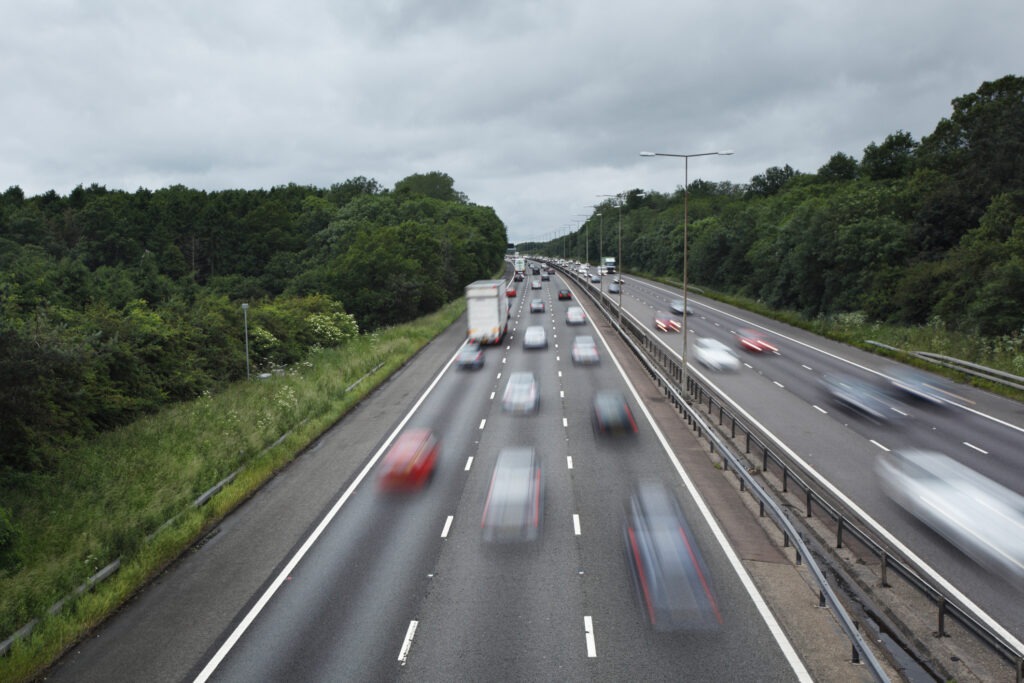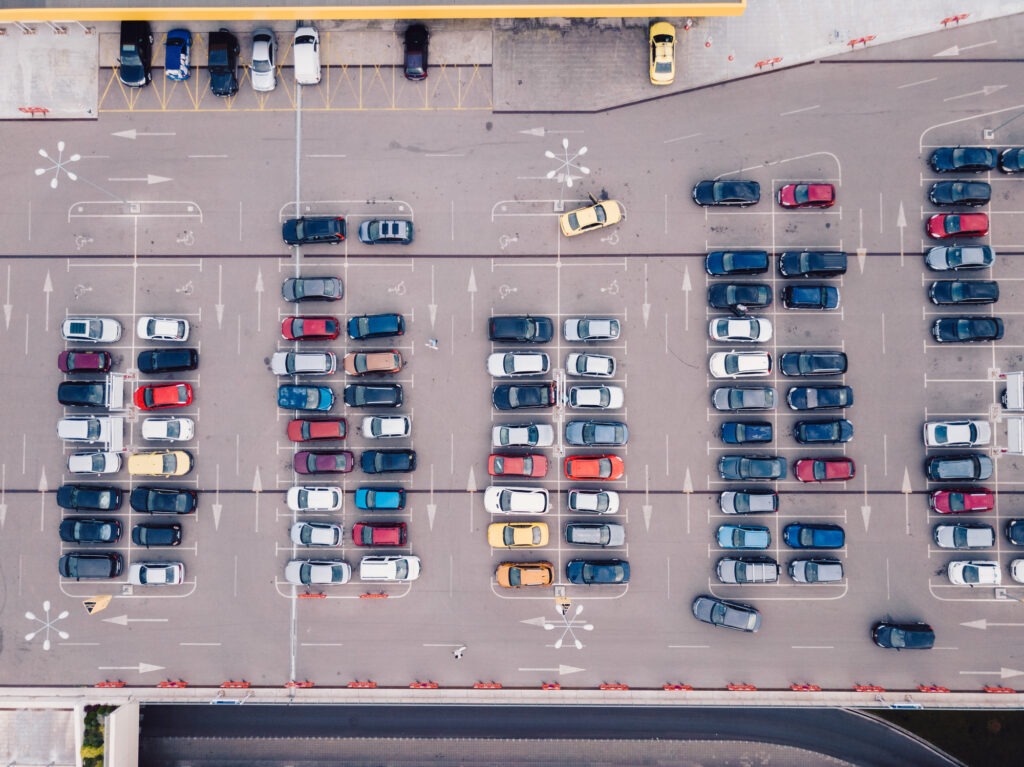French and Spanish new-car markets recover further but Italy derails
07 October 2022

The new-car markets of France, Italy, and Spain grew year-on-year in September but the recovery derailed in Italy, explains Autovista24 senior data journalist Neil King.
The second consecutive month of year-on-year growth in three key European new-car markets should be heralded as a positive sign. However, last month’s figures are against a low base of comparison in September 2021, when semiconductor shortages were increasingly constraining supply.
Whereas the rates of growth improved in France and Spain compared to August, this was not the case in Italy, where the recovery stalled. As growth rates are significantly distorted by the turbulence in the second half of last year, changes to the seasonally-adjusted annualised rate (SAAR) present a clearer image. The SAAR gained healthily in Spain and edged forward in France, but slumped to 1.39 million units in Italy, down from 1.73 million in August.
The gains in France and Spain confirm Autovista24’s assumption of an ongoing improvement in new-car supply, but as consumers contend with the cost-of-living crisis that is afflicting Europe, the slowdown in Italy’s recovery is a cause for concern.
France 2022 outlook held, Spain up, Italy down
Supply improvements remain factored into Autovista24’s 2022 forecasts for all three European markets but new-car demand is threatened by rising energy costs and broader inflationary pressure on the finances of both businesses and private buyers.
The better-than-expected performance of the Spanish new-car market in September has been reflected in the outlook for 2022, whereas the forecast for France has been held and subtly downgraded for the years 2023 to 2025. But Italy’s 2022 forecast has been reduced by 33,000 units, with similar downgrades applied to the forecasts for the next three years.
Significant risks to this challenging forecast remain, depending on the duration and severity of the conflict in Ukraine and disruption to the Nord Stream gas pipeline. Although supply has been restored, the pipeline’s operational capacity impacts wholesale gas prices and, in turn, electricity costs. Additionally, the effectiveness of diverse government measures to provide financial support to consumers remains to be seen.
BEVs shielded by energy price cap in France
According to data released by the CCFA, the French carmakers’ association, 141,142 new cars were registered in the country last month. The year-on-year growth of 5.5% was in line with Autovista24’s prediction for the month and slightly higher than the 3.8% growth recorded in August. However, the base of comparison was lower as the September 2021 contraction in the French new-car market (down 20.5%) was greater than in August 2021 (down 15%). Accordingly, the SAAR merely edged forward to 1.8 million units, from 1.77 million in August.
The French new-car market has been heavily affected by regulatory changes introduced at the start of the year. The malus (penalty) for registering new cars extended to those with CO2 emissions of 128g/km or more. A weight-based tax was also introduced, which applies to all new cars weighing over 1.8 tonnes. The war in Ukraine derailed the market correction that began in February, but two months of growth saw the cumulative decline in the first three quarters of the year improve to 11.8%.
The recent extension of incentives for electric vehicles (EVs) to 31 December will support French new-car demand in the coming months, but supply will ultimately dictate the market’s performance in 2022. Higher oil prices have also supported the purchase of battery-electric vehicles (BEVs) in France, the share of which rose to a record 16% in September, according to the CCFA’s latest dossier.
The French government has capped increases in energy costs at 4% this year but the cap will rise to 15% in 2023. Ludovic Percier, residual value and market analyst, France, at Autovista Group, warns that ‘the impact on BEV sales will be greater once the price cap is removed.’
Autovista24 has held the volume forecast for 2022 at 1.57 million units, 5.2% lower than in 2021, but next year’s outlook has been reduced to 1.87 million new-car registrations, equating to growth of 18.7%. This is 15.7% lower than the 2.2 million new cars registered in 2019, prior to the COVID-19 pandemic.
Italy SAAR returns to level seen in June and July
Industry association ANFIA reports that 110,976 new cars were registered in Italy last month, 5.4% more than a year earlier. Although this marks the second consecutive monthly market expansion, the growth rate is lower than the 9.9% recorded in August. Moreover, this should have been higher as the new-car market contracted by 32.6% in September 2021, compared to a 27.2% downturn in August 2021. This explains the SAAR reduction to 1.39 million units, back to the level seen in June and July.
Aside from supply challenges, falling consumer confidence, and rising inflation, new-car registrations have been restrained in Italy as consumers awaited the reintroduction of purchase incentives. These were reinstated on 25 May, and at the beginning of August the Italian government extended the availability of the incentives to rental and leasing companies, which were previously excluded.
‘Finally, the prime ministerial decree signed at the beginning of August was published in the Official Gazette on 4 October. It is now essential that the publication of the decree be accelerated for the implementation of the new provisions to allow citizens and condominiums to know how to benefit from the incentives for the purchase of zero- and low-emission cars and for the installation of domestic charging points, a crucial enabling factor for the transition to electrified mobility,’ commented Gianmarco Giorda, director of ANFIA.
These measures should support demand for electric vehicles but will take time to flow through to registrations. Given the derailed recovery in September and economic pressures, Autovista24 has downgraded its forecast for 2022 to 1.34 million units, a year-on-year decline of 8%. The outlook for 2023 has also been reduced to 1.66 million units. At this level, the market would be 13.6% smaller than in 2019.
New cars increasingly out of reach for Spanish buyers
A total of 67,240 new cars were registered in Spain during September, according to ANFAC, the country’s vehicle manufacturers’ association. The year-on-year growth, of 12.7% was an improvement on the 9.1% growth in August, and the SAAR achieved its highest level for any month in 2022, even exceeding one million units. Accordingly, the year-to-date contraction has reduced to 7.4%, but supply remains challenging, and demand is undermined by the squeeze on household budgets.
'Brands and dealers continue to try to solve existing stock problems by having vehicles for immediate delivery but it is undeniable that, in addition to this supply problem, there is already a clear weakening of demand due to the unfavourable economic and consumer situation. In this last quarter, we are concerned, in addition to the general lack of buyer confidence, that the rise in interest rates could become another additional factor that demobilises sales. The result of all this context is that the new vehicle is moving away from the possibilities of the average Spanish family,’ cautioned Raúl Morales, director of communications at dealer association Faconauto.
Given the better-than-expected performance of the Spanish market last month, Autovista24 has modestly increased its forecast for 2022, which anticipates 826,000 new-car registrations, marking a year-on-year decline of 3.9%. ‘We cannot lose sight of the fact that we are still far from the pre-pandemic figures and the supply of components is still volatile, so we are facing an uncertain autumn that does not yet allow us to speak of a recovery. In fact, the 2022 financial year will again close well below 900,000 units, that is, it will be as if we had been three years in a row with a quarter less activity,’ commented Tania Puche, director of communications at ANFAC.



